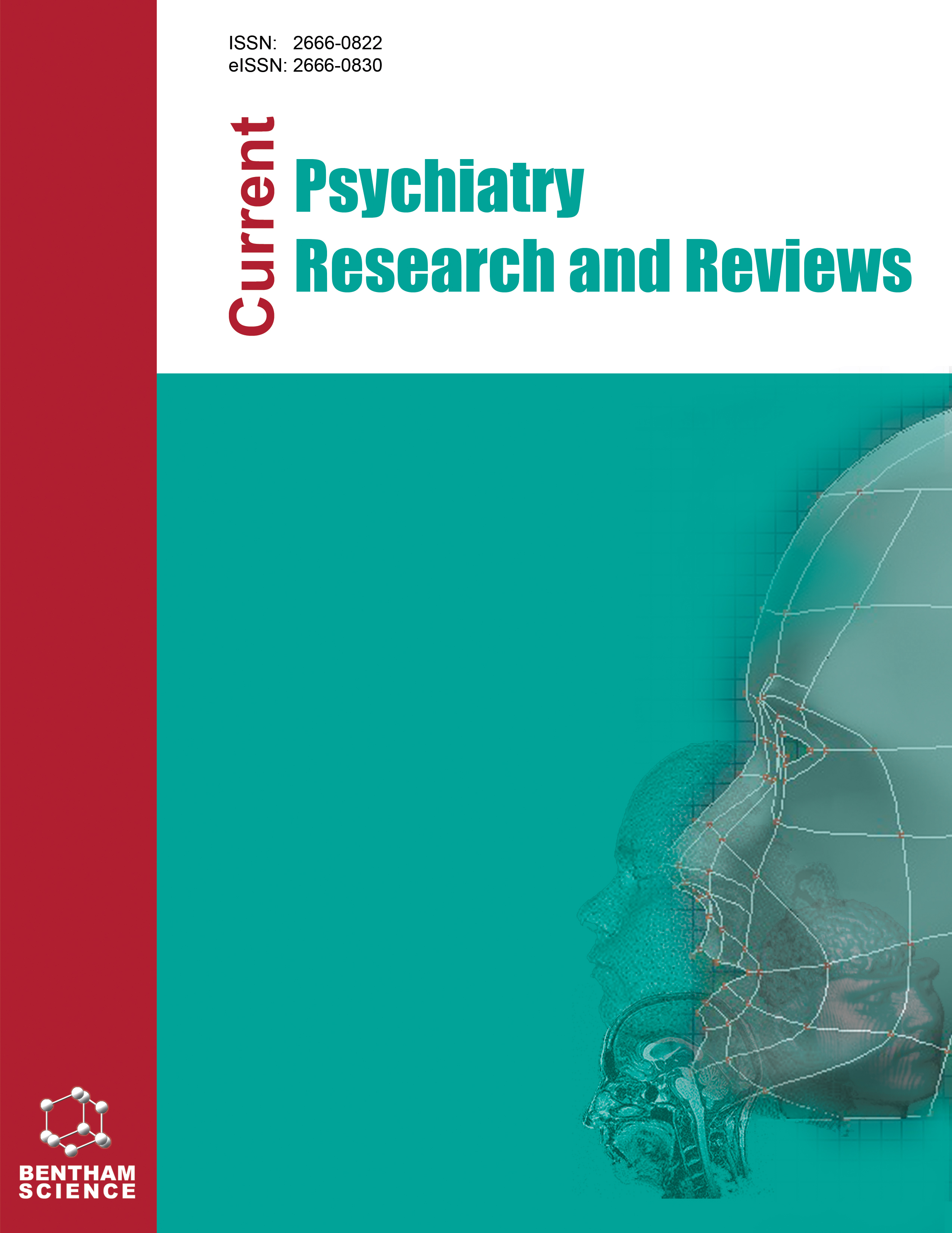
Full text loading...
We use cookies to track usage and preferences.I Understand
Smokers’ expectancies about abstinence, that is the effects that smokers anticipate when they attempt to quit smoking, remain understudied. The aim of the present study was to examine the relation between smoking abstinence expectations and subjective experience over time among individuals in smoking cessation treatment.
A total of 215 adult smokers seeking treatment at two Italian third-level outpatient facilities were assessed at baseline and three-time points after the quit day (QD): 7 days, and 1 and 3 months. The following self-report instruments were administered: the Smoking Abstinence Expectancies Questionnaire (SAEQ), as a baseline measure of expectancies before quitting; the SAEQ-past, for assessing the actual occurrence of symptoms that were expected; the Minnesota Nicotine Withdrawal Scale, as a measure of withdrawal symptoms post-quitting.
One and 3 months after the QD, participants reported fewer negative abstinence symptoms than expected, except for somatic symptoms, and fewer positive consequences than expected. A mismatch between smoking abstinence expectations and actual post-quitting experiences was found, thus expectancies were violated.
The present findings confirm the need to assess both abstinence expectancies and actual post-quitting experiences. Future studies should examine tailored interventions aimed at educating smokers about expectancies and post-quitting experiences.

Article metrics loading...

Full text loading...
References


Data & Media loading...
Supplements

